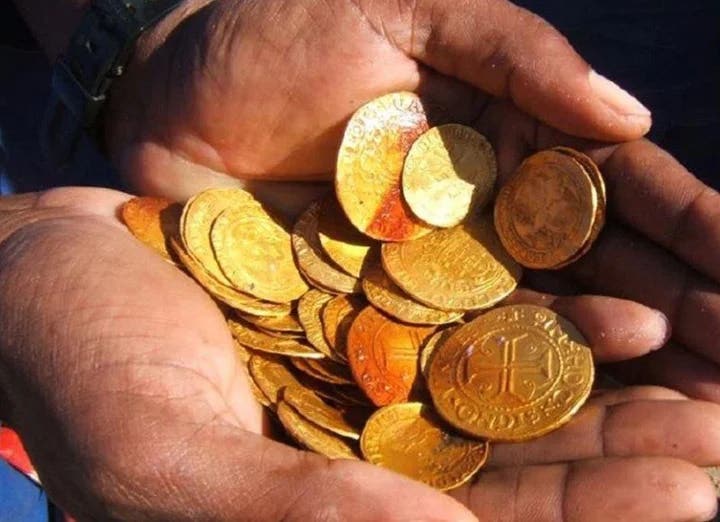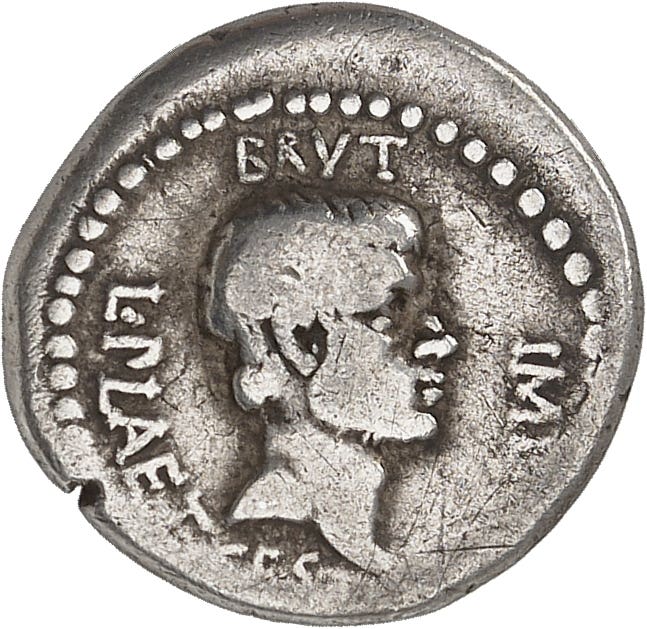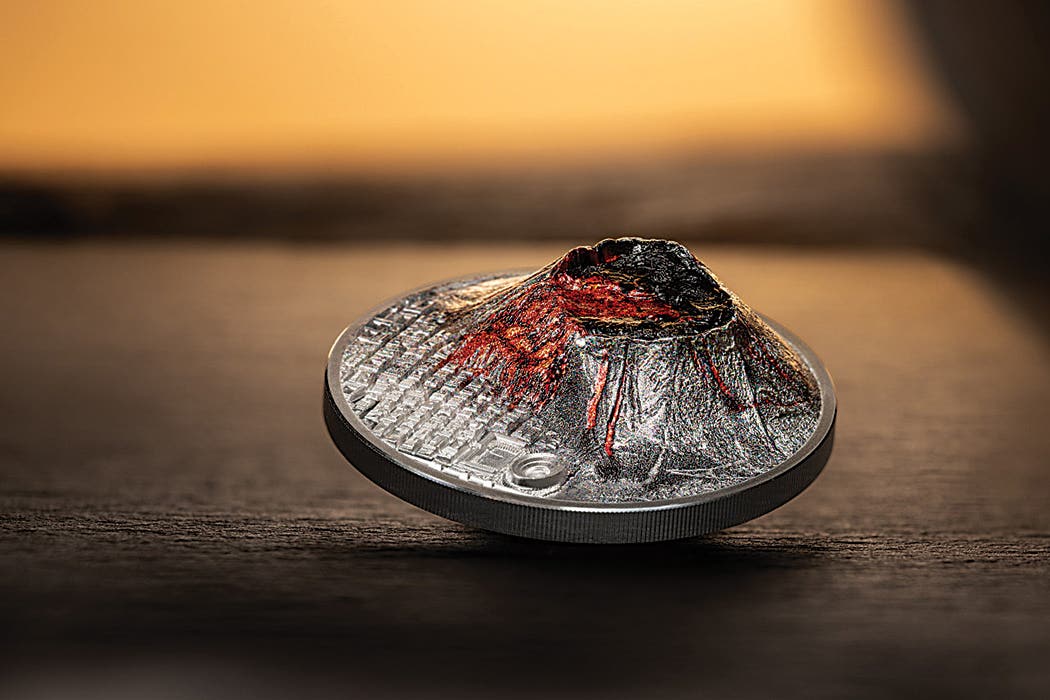Counterfeit Coinage: A Costly Mistake
By Doug Davis The commentary below by Doug Davis originally appeared in the Spring 2020 edition of National Pawnbroker magazine. It makes its hobby debut here in Numismatic News, in…
By Doug Davis
The commentary below by Doug Davis originally appeared in the Spring 2020 edition of National Pawnbroker magazine. It makes its hobby debut here in Numismatic News, in an effort to share with the numismatic community this information from the Anti-Counterfeiting Educational Foundation’s task force.
The increased flood of counterfeit coinage within the past five years poses a real and present danger to the U.S. marketplace. Most affected by this alarming threat are collectors, dealers, investors and those businesses who buy and sell rare coins, bullion coins, and precious metal bars. The mistakenly unknowing purchase of counterfeit coins or precious metals can be a costly mistake that can in some cases cripple a business or financially devastate an individual.
Chinese counterfeiting operations today have the ability to produce hundreds of thousands of various types of U.S. coins per month, and as technology improves so do the counterfeits. In many instances, the quality of the counterfeits has even fooled dealers and seasoned collectors. Counterfeiters have leveraged the web and online marketplaces to sell their wares such as Alibaba.com, Wish, Amazon, and eBay. The ease of access has allowed black marketers and individuals with criminal intent to buy counterfeit coins in bulk quantities at a fraction of the true market value of genuine examples. The counterfeits are then marketed and sold to unsuspecting victims who think they are getting “a good deal.”
Dealers across the country are being offered counterfeits on a weekly basis and those most frequently encountered include American gold and silver Eagles, one-ounce silver rounds and bars, carded one-ounce gold Perth bars and one-ounce Pamp bars. U.S. and world mint-issued products are also being counterfeited including the packaging and certificates of authenticity. It is imperative that all coins and precious metals should be carefully evaluated and tested for authenticity before purchasing.
The two major third-party grading services within the numismatic industry, Professional Coin Grading Service and Numismatic Guaranty Company have also become the target of counterfeiting operations in China.
A “slabbed” (encapsulated) coin has long been the standard-bearer of authentication and certified grading of a coin. A coin slab is simply a hard plastic, tamper-proof case that protects a coin that has been authenticated and graded by a certified professional grading service. Counterfeiters have taken their craft to a new level and are now slabbing their own fakes, along with inserts that include barcodes and certification numbers. Counterfeiters utilize pictures of real slabbed coins from webpages and auction sites to produce exact replicas of key date coins and bullion coins that again can fool a dealer or advanced collector.
If suspicious of any slabbed coin being offered for sale dealers should contact the grading service to verify the certification number prior to purchase. Additional information on counterfeit slabs can be found on the PCGS and NGC websites.
Individuals in most cases know they are selling counterfeits and are targeting and preying on coin dealers and pawn shops who lack the experience or knowledge in the current sophistication of counterfeits within the marketplace.
To address the rising threat of counterfeits pouring into the U.S., professionals within the numismatic community met in 2017 and established the Anti-Counterfeiting Task Force (ACTF), which operates under the umbrella of the Anti-Counterfeiting Educational Foundation (ACEF). The foundation and the task force work closely with U.S. Treasury Department Office of Inspector General, Secret Service and Customs and Border Protection.
The ACTF mission is to mobilize law enforcement resources to protect the integrity of U.S. and world coinage by educating officials on the impact and growing threat of counterfeit circulating, collectible, and bullion coins. Strategic initiatives of ACTF include attacking counterfeiters and their networks where they are most vulnerable, enhance public awareness and providing educational and investigative resources to dealers, collectors, and law enforcement during the investigation of crimes related to counterfeit coinage.
As part of its work for the foundation, ACTF has created a network of over 90 numismatic experts to assist law enforcement during their investigations and provides dealers and collectors with valuable information on what to do when encountering a counterfeit.
The Anti-Counterfeiting Educational Foundation is a 501(c)3 nonprofit corporation and is funded strictly by donations. Visit the ACEF and ACTF website at www.ACEFonline.org and join the fight against counterfeits within the United States.
About the Author:
Doug Davis is Director of the Anti-Counterfeiting Task Force, a division of the Anti-Counterfeiting Educational Foundation. A retired Texas police chief with over 35 years’ experience in law enforcement and the numismatic industry, he is a recognized expert in numismatic crime investigations. Doug teaches numismatic crime investigations law enforcement seminars to federal, state, and local law enforcement agencies across the country.






